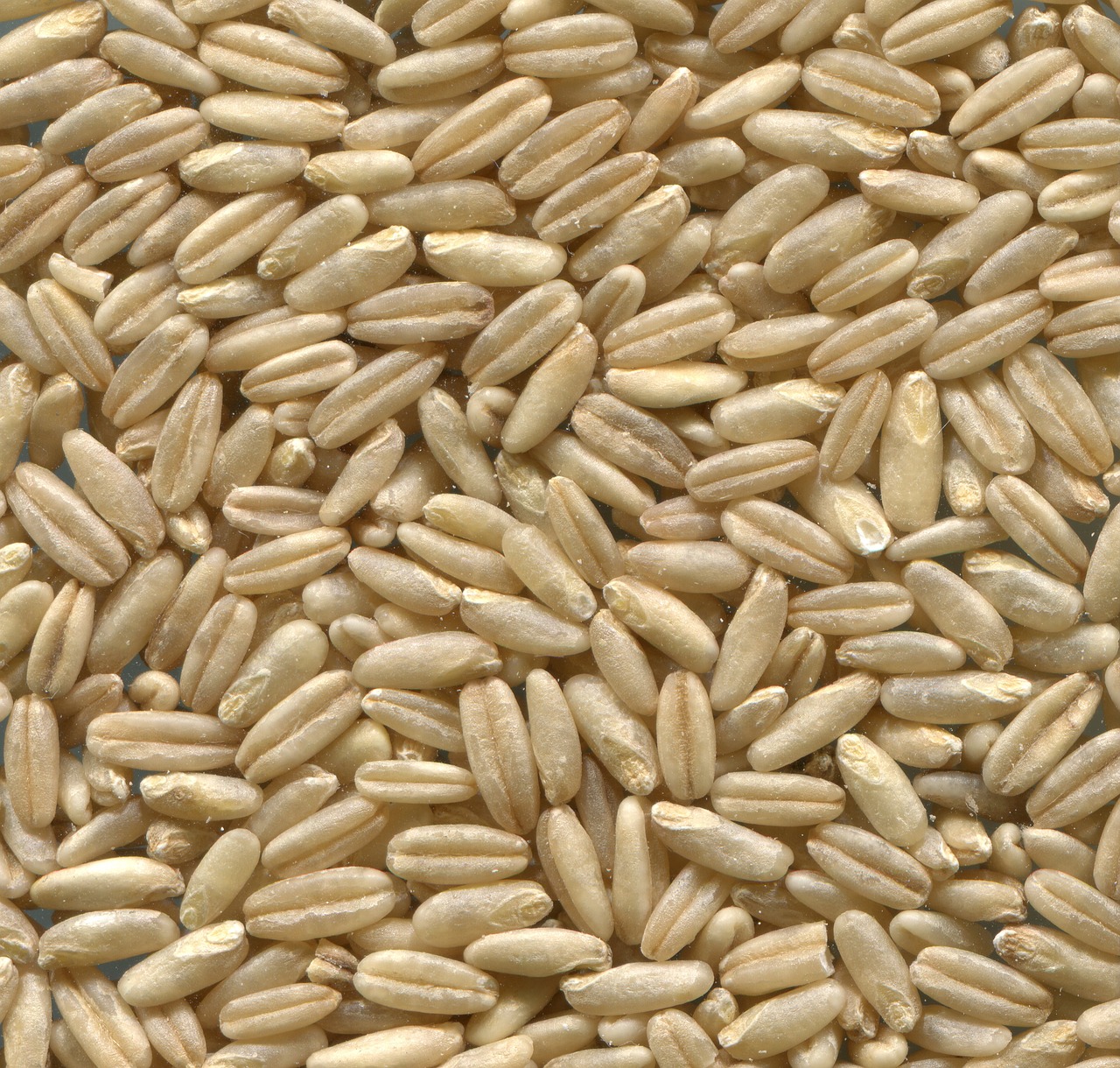Rediscovering Ancient Grains
In modern nutrition, ancient grains are making a remarkable comeback. These venerable seeds, often overlooked in favor of more contemporary fare, are proving to be nutritional powerhouses and culinary chameleons. With a history that dates back thousands of years, ancient grains offer a tantalizing blend of health benefits and versatility that is gaining recognition in today’s health-conscious world. From the lush fields of the Fertile Crescent to your dining table, these old-world staples are more relevant than ever.
What Are Ancient Grains?
Ancient grains are seeds that have remained largely unchanged over the centuries. Unlike many of today’s grains that have been genetically modified, ancient grains like quinoa, amaranth, farro, and millet have preserved their original nutritional profiles and culinary uses. These grains were staples in ancient civilizations, and their enduring qualities continue to make them valuable today. They are often touted for their rich, nutty flavors and robust textures, setting them apart from their modern counterparts.
Health Benefits of Ancient Grains
Nutritional Advantages
Ancient grains are celebrated for their impressive nutritional profiles. Unlike refined grains, these old-world staples are typically high in protein, fiber, and essential minerals. Quinoa, for instance, is a complete protein, offering all nine essential amino acids, which is a rarity among plant-based foods. Amaranth and farro are also rich in protein and contain an array of vitamins and minerals, including iron and magnesium. The high fiber content in ancient grains aids in maintaining healthy digestion and stabilizing blood sugar levels.
Digestive Health
The dietary fiber in ancient grains plays a crucial role in digestive health. Fiber promotes regular bowel movements and helps prevent constipation, contributing to a well-functioning digestive system. The prebiotic fibers in these grains also serve as food for beneficial gut bacteria, enhancing overall gut health and immune function. Incorporating ancient grains into your diet can lead to improved gastrointestinal health and a more balanced digestive system.
Anti-Inflammatory Properties
Ancient grains possess natural anti-inflammatory properties that can be beneficial for reducing chronic inflammation in the body. Chronic inflammation is linked to various health conditions, including heart disease and arthritis. The antioxidants in these grains, such as flavonoids and polyphenols, help combat oxidative stress and inflammation. By integrating ancient grains into your diet, you can potentially mitigate inflammatory responses and support overall well-being.
Versatility in the Kitchen
Incorporating Ancient Grains into Meals
The versatility of ancient grains makes them an excellent addition to a wide variety of dishes. They can be used as a base for salads, added to soups for extra texture, or as a hearty side dish. For instance, cooked farro makes a delightful addition to grain bowls and can be paired with roasted vegetables for a satisfying meal. Quinoa can serve as a base for a colorful, nutrient-packed salad or be used in place of rice in various dishes.
Ancient Grains in Traditional and Modern Recipes
Ancient grains are not just for traditional recipes; they can be seamlessly integrated into modern culinary creations. Millet can be used in baking, adding a subtle crunch to bread and muffins. Amaranth can be popped like popcorn for a unique, crunchy snack. Experimenting with ancient grain recipes can reveal new flavors and textures, enhancing your culinary repertoire while reaping the health benefits these grains provide.
Popular Ancient Grains to Try
Quinoa
Quinoa is perhaps the most well-known ancient grain, renowned for its high protein content and versatility. Originating from the Andean region, quinoa has a slightly nutty flavor and a light, fluffy texture when cooked. It can be used in salads, as a side dish, or as a base for various recipes.
Amaranth
Amaranth, an ancient grain that was a staple in Aztec diets, is rich in protein and fiber. It has a slightly sweet, nutty flavor and can be used in porridge, soups, and baked goods. Its high antioxidant content also contributes to its health benefits.
Farro
Farro, a grain that dates back to ancient Rome, is known for its chewy texture and nutty flavor. It is often used in Mediterranean cuisine and works well in salads, soups, and grain bowls. Farro is also rich in fiber, protein, and several key vitamins and minerals.
Millet
A millet is a small, round grain that has been a staple in various cultures for millennia. It has a mild, slightly sweet flavor and is versatile in sweet and savory dishes. Millet can be used in porridge, as a rice substitute, or in baking.
How to Choose and Prepare Ancient Grains
When selecting ancient grains, opt for those that are organic and minimally processed to retain their nutritional value. Proper preparation is also key; rinse the grains thoroughly before cooking to remove impurities. Cooking times can vary depending on the grain, so follow specific instructions for each type. Experimenting with different cooking methods can enhance the texture and flavor of ancient grains, making them a delightful addition to any meal.
Summary
Ancient grains offer a compelling combination of health benefits and culinary versatility. Their rich nutritional profiles, digestive health benefits, and anti-inflammatory properties make them an excellent choice for those looking to enhance their diet. By incorporating these old-world staples into your meals, you can enjoy a diverse range of flavors and textures while benefiting from their numerous health advantages. Embrace ancient grains and rediscover the wholesome goodness of these time-honored foods for a healthier, more vibrant lifestyle.
Please like, comment, and share this article if you found it helpful and
informative.
Visit https://bigtownbulletin.com if you would like to see more of this content.
Please like, comment, and share this article if you found it helpful and
informative.
For more news check out Big Town Bulletin News
For more from Big Town Bulletin check out Big Town Bulletin


